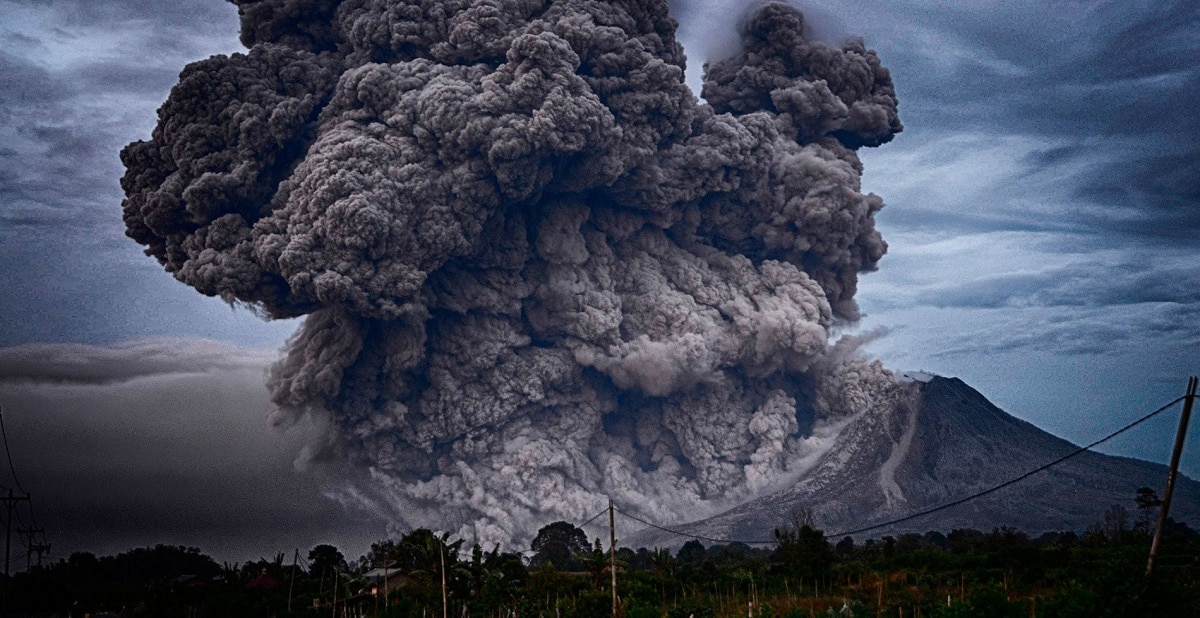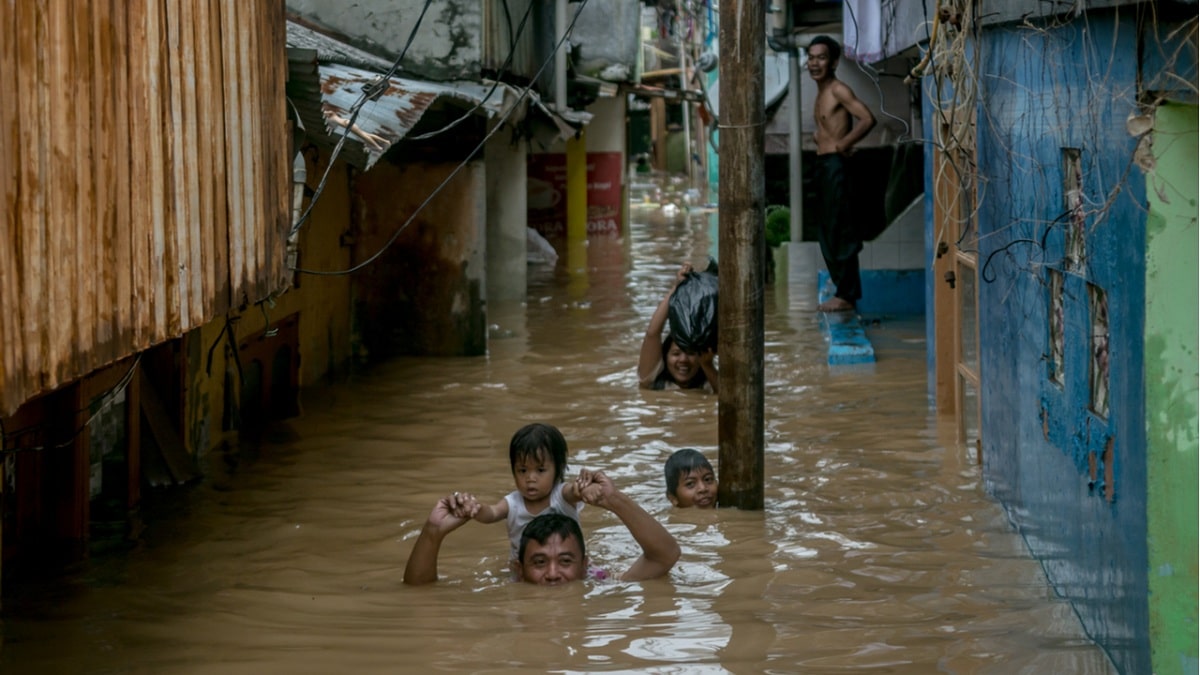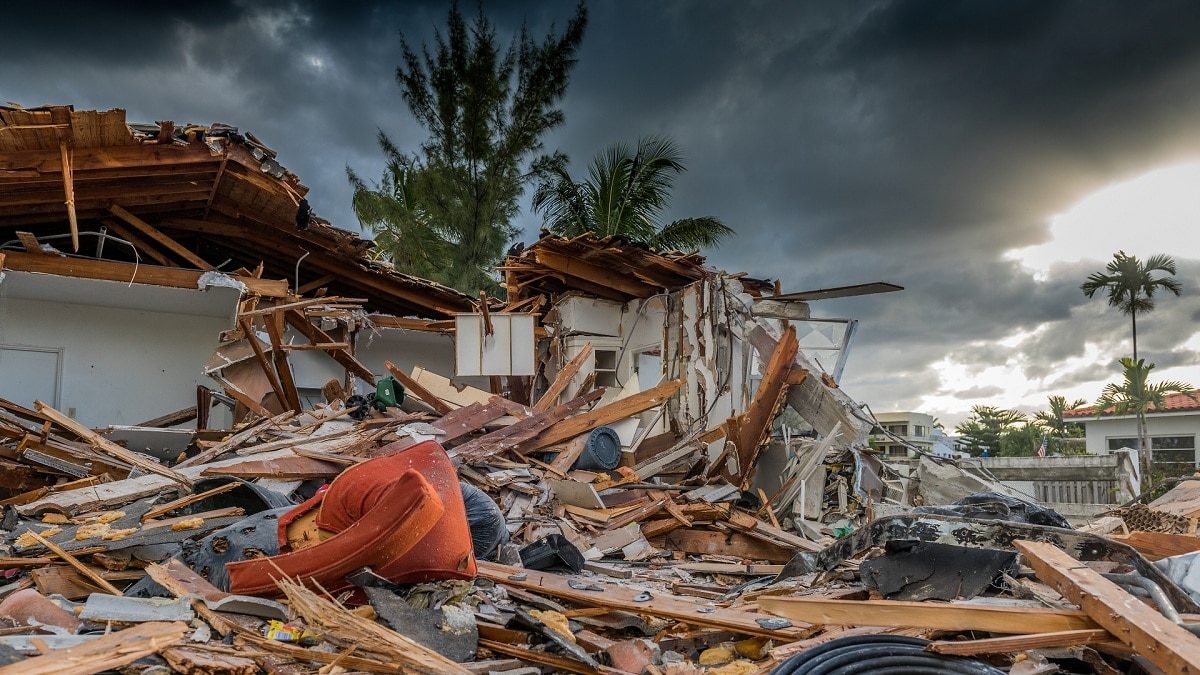
On our planet there are numerous environmental risks that we must take into account since their consequences are quite serious. Its about natural disaster. They are usually events that negatively impact life and human beings in a generalized way and are mainly caused by phenomena that are coming without human intervention. In most cases, the human being has responsibility for the impact of the consequences of bad practices, whether technological or bad planning.
In this article we are going to tell you what natural disasters are, their characteristics, consequences and examples.
What is a natural disaster

Natural disasters are events that occur without human intervention, which have a negative impact on life and human beings. In many cases, humans are responsible for the effects of technical malpractices, negligence, or the consequences of bad plans.
According to the types of natural phenomena causing related disasters, there are many reasons for natural disasters. In general, a natural disaster is caused by climatic phenomena, geomorphological processes, biological factors or spatial phenomena. These phenomena are considered disasters when they reach extremes. Climate-related natural disasters include tropical cyclones, floods, droughts, wildfires, tornadoes, heat waves, and cold waves. On the other hand, we have space disasters that are much less frequent than are the impacts of meteorites and asteroids.
Key features

A disaster is an event that occurs in a relatively short period of time, is generally unpredictable and has a negative impact on life. Disasters can occur naturally, caused by human factors, or caused by both natural and human factors.
When an event, directly or indirectly, has a negative impact on humanity, it becomes a disaster. When an event occurs without human intervention, it is considered natural in origin. This is an anthropic concept in which humans are located as entities outside of nature. In this way, the human being distinguishes between his actions and the consequences derived from other events in the universe.
Causes

Among the causes that originate these disasters we have the following:
- Climatic causes: they happen with variations in atmospheric weather in terms of temperature, precipitation, winds, atmospheric pressure, etc. It is usually this abrupt change in atmospheric variables that cause phenomena such as hurricanes, electrical storms, tornadoes, waves of cold or heat.
- Geomorphological causes: they usually occur when the movements of the tectonic plates and the dynamics of the earth's crust and mantle cause earthquakes, tsunamis and volcanic eruptions.
- Biological causes: imbalances in ecosystems can lead to the growth of pathogenic organisms and their vectors. In this way, the growth of bacteria and viruses can create epidemics or pandemics.
- Outer space: Meteorites and asteroids entering the Earth's atmosphere can cause serious damage.
Types of natural disaster
Any phenomenon that affects extreme levels is considered a natural disaster. Let's see what they are:
- Avalanche: it is the fall of a large mass of snow with a steep terrain due to the effect of gravity. If it occurs in areas occupied or traveled by human beings, it can lead to a serious disaster.
- Tropical cyclone: They are revolving storms of great magnitude. These cyclones are accompanied by heavy rainfall and high-speed winds. The winds can cause discomfort at sea, floods, destroy infrastructure and can even cause the death of people.
- Ground slides: It is a movement similar to an avalanche but with sloping land masses it is quite steep. It usually occurs due to intense and prolonged rainfall that saturates the soil with water and causes the landslide. They can also occur due to the existence of earthquakes.
- Epidemics and pandemics: contagious diseases can cause serious problems. Epidemics are spreading by contagion and can even cause a pandemic.
- Volcanic eruptions: they are massive expulsions of magma, ash and gases that come from the Earth's mantle. The magma drifts into a flow that creeps across the Earth's surface and burns everything in its path.
- Hail: heavy hailstorms with 5-50mm ice stone precipitation can impact and cause considerable damage.
- Meteorite and comet impacts: they are less frequent but can cause serious damage. The meteorite is a smaller celestial body the size of 50 meters in diameter.
- Forest fires: Most wildfires are man-made, although many occur naturally. Extreme drought conditions can spontaneously ignite drier vegetation and start the fire.
- Floods: They are produced by overflowing of large rivers and lakes when there is abundant rainfall. The long cover can destroy infrastructure, drag animals and people, uproot trees, etc.
- Droughts: It is the absence of rain for a long time and the consequent high temperature. Crops are lost, animals die, and humans are forced to leave the area by hunger and thirst.
- Earthquakes: they are quite feared for being unpredictable and can have serious consequences. It can collapse a structure, cause explosions, break water pipes, dams and other accidents.
- Sand and dust storms: they occur in arid and semi-arid zones. Especially deserts are caused by strong winds that displace the sand and form clouds that can cause the death of living beings due to suffocation and abrasion.
- Suspended particles- They are caused by the sand and dust storm and can be very troublesome pollutants that cause serious respiratory problems.
- Electric storms: They occur from the accumulation of updrafts of hot and humid air that enters a quite unstable atmosphere. As a result, lightning and lightning are generated accompanied by heavy rain, wind and even hail.
- Tornadoes: it is an extension of cloud that forms a cone of air in revolution. They can destroy infrastructure, damage communication routes and threaten the lives of animals and people.
- Tsunamis: they are also called tidal waves. They are caused by the existence of underwater earthquakes that cause large waves that move at high speed. With impact on the coast they can produce major disasters due to impact and flooding.
- Heat wave: It consists of the regular temperature increase of a region above the average that is normal for this same place and period of the year. Usually well accompanied by droughts.
- Cold wave: the opposite is the heat wave and they are usually accompanied by bad weather.
I hope that with this information you can learn more about what a natural disaster is and its characteristics.